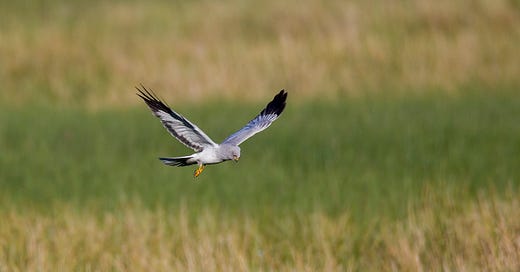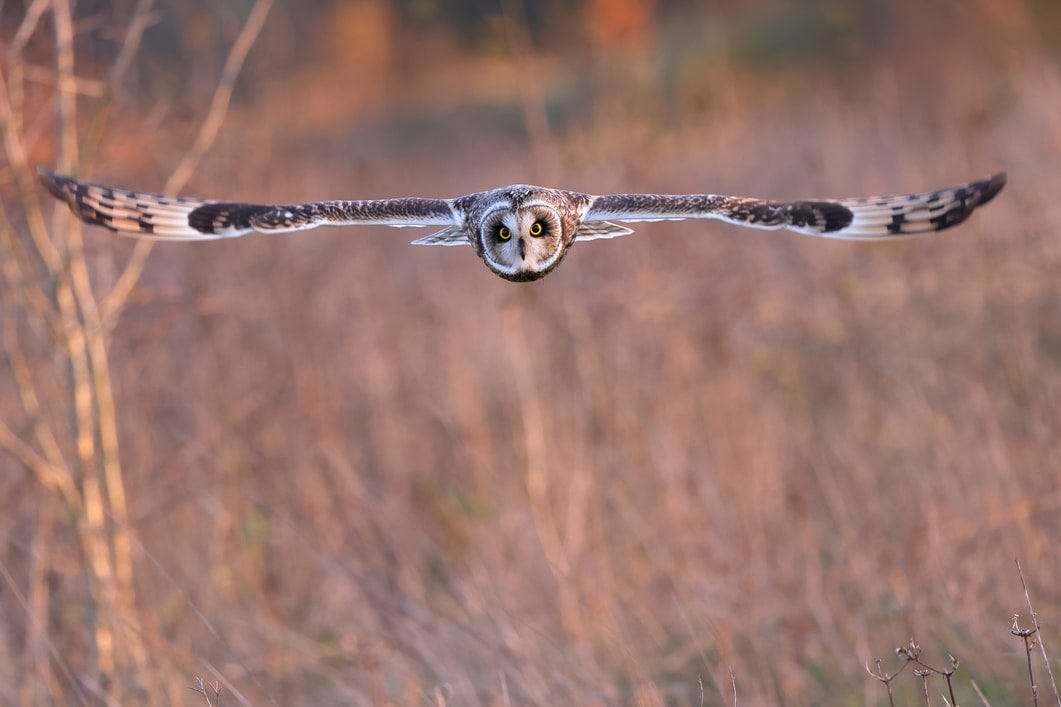Sun sets on failed Peak District Bird of Prey Initiative
National Park Authority says persecution cases continue
According to a statement by the Peak District National Park Authority, the Peak District Bird of Prey Initiative is to close as persecution cases continue.
Set up in 2011 by the National Park Authority, the ‘initiative’ was intended to restore populations of birds of prey (or raptors) to 1990s levels, but has crashed amidst ongoing deliberate (and illegal) persecution of those same birds of prey on the numerous driven grouse moors that blight so many of our (so-called) ‘national parks’.
As the statement indicates, the Peak District National Park (which occupies a huge area of uplands to the south and east of Manchester) is (or at least should be) home to “populations of iconic species such as the peregrine, goshawk, merlin – the UK’s smallest raptor – and the hen harrier, one of the most persecuted birds of prey in the country. A supporting cast of other raptors includes the short-eared owl, with increasing sightings of red kites and ospreys..”
Far from being the natural paradise for birds of prey that it ought be, though, the Peak is a hot spot for persecution. As the statement goes on to say,
“Despite more than a decade of the initiative, which included representatives from the landowning and gamekeeping community, experienced raptor surveyors, conservation groups, the police and other bodies, populations of many of the key species have not increased at the rates initially hoped for with some seeing no improvement at all. Whilst hen harriers have returned to the area, successful breeding currently remains limited.
Those involved in the annual surveying of raptors within the study area – largely comprising the National Park’s ‘Dark Peak’ uplands, have recently stated they no longer felt they could continue supporting the group. The RSPB stepped down as a member of the initiative in 2018.
Incidents of shooting, poisoning, trapping, nest destruction or the disappearance of satellite-tracked birds active within the Peak District have featured in every year of the initiative’s monitoring.”
Without question…illegal persecution
Phil Mulligan, who took over as chief executive of the Peak District National Park Authority in September 2022 saying that “we need to ensure nature, climate, residents and visitors are at the heart of our work”, is quoted in the statement expressing his regret on closing the initiative but lays the blame squarely on the shoulders of the shooting industry:
“It is with regret that we are closing the initiative after more than a decade of endeavours to safeguard our charismatic birds of prey that have a rightful place here in the National Park.
“Featuring at the very top of local ecosystems, these species like the hen harrier, peregrine and goshawk should be a flagship for landscapes and habitats at the heart of nature’s recovery.
“The fact that the work of the initiative has failed to reflect those target populations of some 30 years ago remains a cause for real concern, and it is without question that illegal persecution targeted towards some of these species is one factor behind this stuttering progress.”
Persecution and the shooting industry
Mr Mulligan doesn’t have anything to say in the statement on how that persecution can be tackled. But it’s been widely known for years that most cases of raptor persecution involve gamekeepers. Across the UK in 2021, more than two-thirds (71%) of all confirmed incidents of raptor persecution were linked to land managed for bird shooting.
The RSPB’s Birdcrime 2021 report pointed the finger at shooting for the repeated ‘disappearance’ of satellite-tagged Hen Harriers, and indeed the news of this initiative crashing and burning on the altar of killing birds for fun coincided with the news (reported by Raptor Persecution UK (RPUK), who pointed out that Natural England appeared to have published the data “quietly and without fanfare”) that FIVE more Hen Harriers have recently ‘gone missing’.
Breeding Hen Harriers are now largely confined to the uplands where they prey on small birds like Meadow Pipits and – finding them at densities up to ten times higher than if they weren’t protected for shooting – grouse chicks. In a hauntingly familiar tale of failure, all five harriers were part of a Natural England scheme supposedly designed to increase the population of a persecuted bird of prey. During consultation stages a decade ago, however, Natural England’s plan was condemned by most conservationists as ‘brood meddling’. Instead of working to tackle persecution issues, the scheme would instead cave in to them. Under the ‘plan’ Hen Harrier chicks are removed from nests where the presence of their parents ‘conflict’ with shooting interests. They are then raised elsewhere and rereleased. With utterly predictable results.
Just as everyone not connected with shooting said would happen, young ‘brood meddled’ birds find their way back to the moors – which offers them abundant prey – where they are killed. Depressingly all five of these brood-meddled Hen Harriers ‘disappeared’ on moorland in supposedly protected landscapes filled with shooting estates renowned for raptor persecution: four in the Yorkshire Dales National Park and one in the North Pennines Area of Outstanding Natural Beauty (AONB).
Several commenters on RPUK have tried to suggest that Hen Harriers die anyway (which is true), that Avian Flu has been hitting birds of prey badly (which is again true), and that these ‘disappearances’ may be entirely natural – which is not true at all. Had these birds died of natural causes their satellite tags, which are extremely efficient and robust, wouldn’t have failed suddenly. Typically the batteries in modern tags begin to falter and show a decline in performance, giving time for researchers to pinpoint where a corpse might be lying. Bodies of persecuted raptors are rarely discovered because their tags have suddenly stopped, undoubtedly after being ripped off and destroyed. It’s not hard to work out by whom.
RPUK keeps a rolling tally of Hen Harriers ‘confirmed missing or disappeared since 2018’ and the total now stands at a staggering 82. As the author Dr Ruth Tingay, one of the best-informed experts on raptor persecution in the UK, also says, these birds disappeared on or close to grouse moors. As she doesn’t have to point out as it’s so obvious, each one of those birds could potentially have raised chicks themselves and helped repopulate the moors. Which is precisely why they ‘vanish’ in such unnaturally high numbers…
It’s not up to the bloody shooting industry
All birds of prey are protected by law and have been since 1981. There are no exceptions.
As we have said numerous times on this site – and will continue to do so – the shooting industry should not be dictating how many birds of prey and of what species get to live in the UK. It should have no say in where they are found either.





